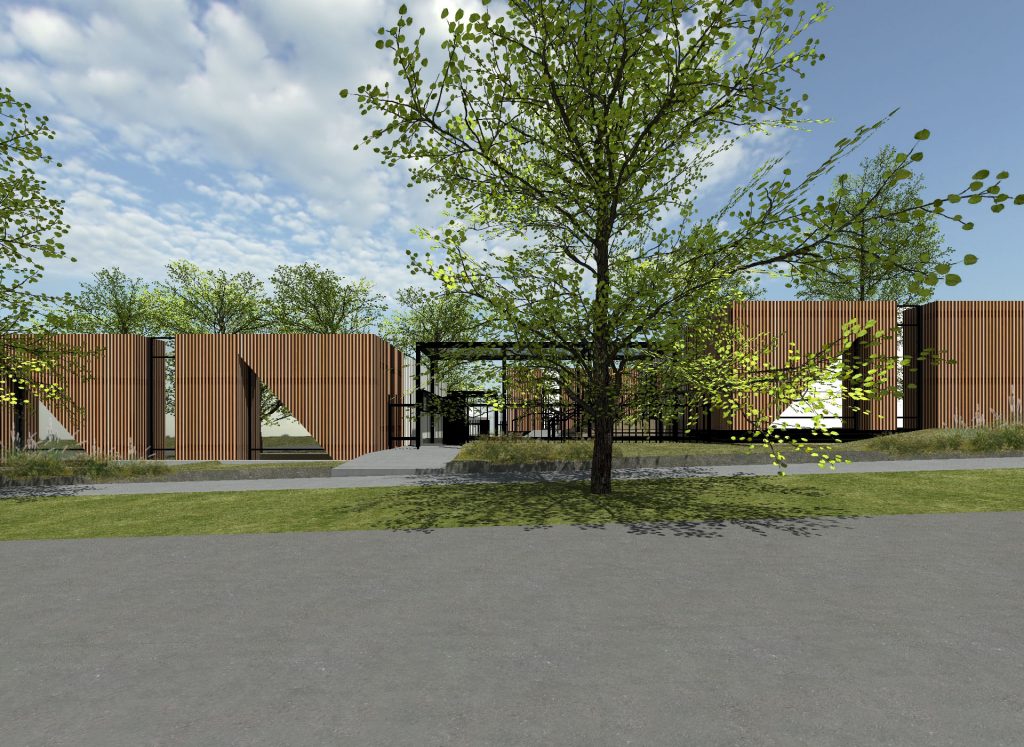11 January 2018
3 Ways To Design An Ideal Living Environment For A Child With ADHD.
Written by Jane Sandwood
A majority of people in Australia are coping with some form of mental disorder. Research indicates that
4 to 17-year-olds experienced a mental disorder in 2014, and ADHD was found to be the most common mental disorder among children and adolescents. As families are beginning to learn more about this condition, some households have even begun to make certain changes in their living spaces in order to help their child who has attention-deficit hyperactivity.
Designing an optimal living environment is crucial to help children with ADHD develop good study habits, improve focus, and improve sleep. Moreover, it can help empower families as a good environment can
with a child with ADHD. Here’s how to design an ideal living environment for a child with ADHD.

Keep it clean and simple.
A clean and simple
aesthetic is best when designing a living environment for a child with ADHD. Avoid anything with busy patterns, fussy elements, or anything that’s too trendy. Using a
simple design makes the home more accessible
and it leaves little room for distractions. Make sure to use the same aesthetic for all areas of the home, including the outdoor space and bathrooms.

Use soothing colours.
The right colours can have a soothing and calming effect on children with ADHD. Watery blues and pale greens work well in a child’s bedroom, while neutral or earth-toned colours can be used in other parts of the house. Avoid certain hues such as red, which can increase stress responses. Yellow has a cheering effect, but large doses of a bright yellow shade can make a person more excitable and more likely to lose his or her temper. You should also avoid using dark colours such as grey or navy blue because while these shades may look sophisticated, they can also evoke sadness.

Choose the right artwork.
While trendy abstract paintings may look cool, they can be a visual distraction to a child with ADHD. Choose paintings that can calm and relax the mind such as nature scenes or English cottage and garden landscapes. Avoid anything too scary or paintings with bright colours.
When designing a space for a child with ADHD, a good rule of thumb to follow is to choose design elements that evoke calm so as not to overwhelm the child. Keep in mind that children who are hyperactive and have trouble paying attention can cope better when they’re in a soothing and calming environment, so follow these tips to create an optimal living space for kids with ADHD.

Current Project:
St Anthony's Family Care
St. Anthony’s Family Care is identified as a childcare and early learning facility where children with disabilities can gather and participate as part of a community. Named after Saint Anthony, the patron saint of lost thing, the care centre is situated on an idyllic site in Croydon, which is rich in historical significance.
The proposal for the centre involves the construction of 3 new facilities including an early learning centre, activity centre, administration office and respites. The driving inspiration for the addition to St. Anthony’s is to utilise the existing structures of the care facility and the construction of new buildings around it to create a centralised courtyard and circulation area.
The focal point of the courtyard is the 150 year old fig trees which function as the gathering point for children and carers to tell stories, play games and take part in outdoor activities.
In essence, the proposal strives to improve the lives of the occupants and children with special needs with the inclusion of accessible facilities and the input of a playful and connected environment. Special care has been taken to design a space that will be inviting and calming to the children and their families, ensuring they feel safe at all times within the centre.
To view more on this project, click here.

